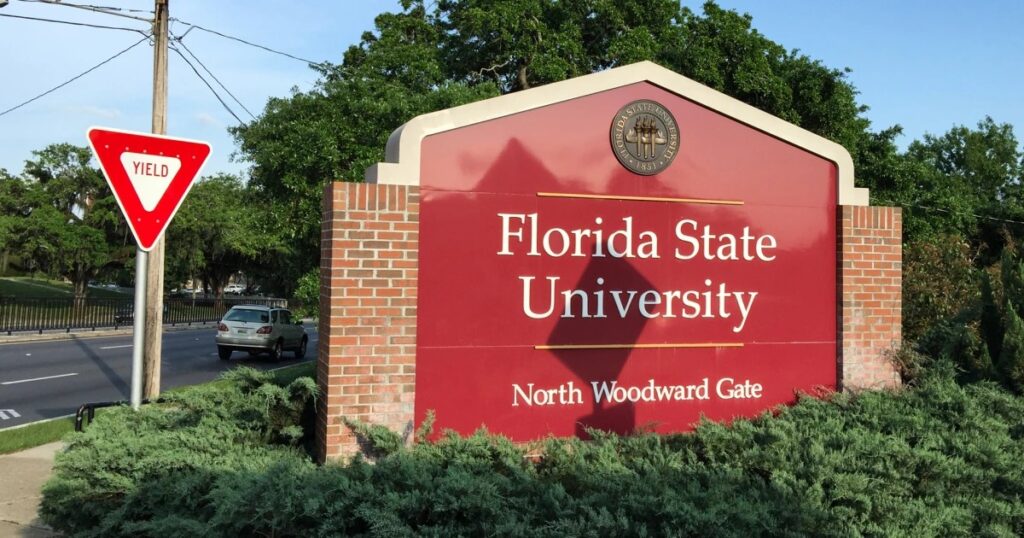On July 30, 2025, a massive 8.8-magnitude earthquake struck off Russia’s Kamchatka Peninsula, triggering widespread tsunami warnings across the Pacific, from Hawaii to Japan, Alaska, and beyond. The quake, one of the strongest ever recorded, unleashed panic as cruise ships in Hawaiian ports hastily departed to avoid potential tsunami waves, leaving hundreds of passengers stranded. Social media captured the terrifying moment, with a viral TikTok video by @demifreeman showing tourists sprinting along a pier in Hawaii, desperately trying to board their ship as sirens blared. Captioned, “POV: tsunami in Hawaii and your cruise is leaving without people. Actually insane,” the clip highlighted the chaos, with some passengers fearing they’d be caught in the ocean during a tsunami. The earthquake, centered 119 km east-southeast of Petropavlovsk-Kamchatsky, caused moderate damage in Russia’s Far East but no reported fatalities, according to TASS.
Passengers’ Desperate Dash to Safety
The scene in Hawaii was one of sheer panic, as described by British tourist Rachael Burrows in a BBC interview. While on an excursion on the Big Island, she received a tsunami alert and rushed back to her cruise ship, narrowly making it aboard as one of the last passengers. “It was quite scary because all the sirens started going off,” she recounted, emphasizing the urgency as ships prepared to sail to deeper, safer waters. Others were not as fortunate. A video by @mandythecruiseplanner showed stranded passengers boarding buses to higher ground, with some expressing frustration and fear as their ship departed without them. The Daily Mail reported that cruise ships left ports to avoid the risk of 10-foot waves, as predicted by the US Tsunami Warning Centers, leaving an estimated 600 passengers behind in Hawaii alone. The decision to evacuate ships was driven by the need to avoid shallow coastal waters, where tsunamis amplify, but it left tourists scrambling for safety.
The Power of the Kamchatka Quake
The 8.8-magnitude earthquake, tied for the sixth-strongest ever recorded per the USGS, struck at a shallow depth of 12.9 miles, amplifying its tsunami-generating potential. Occurring in the Kuril-Kamchatka subduction zone, it followed a 7.4-magnitude foreshock on July 20, hinting at the region’s seismic volatility. Reuters noted that the quake prompted the eruption of Klyuchevskoy, Eurasia’s tallest active volcano, adding to the chaos with lava flows and ash clouds. Tsunami waves reached 3–4 meters in Russia’s Severo-Kurilsk, flooding ports and sweeping away buildings, while smaller waves of 30–130 cm hit Japan’s Hokkaido and California’s Crescent City. Despite the quake’s intensity, Hawaii’s Governor Josh Green reported no “wave of consequence,” with waves peaking at 5.7 feet in Kahului, Maui, per NBC News. The absence of major damage or casualties was attributed to swift evacuations and the quake’s remote epicenter.
Global Response and Tsunami Alerts
The earthquake’s reach extended far beyond Russia, with tsunami warnings issued for Japan, Hawaii, Alaska, the Philippines, and even South American nations like Chile and Peru. In Japan, nearly two million people were ordered to evacuate, with memories of the 2011 Tōhoku disaster fueling urgency, as reported by The Guardian. Hawaii saw chaotic scenes, with traffic jams clogging roads like S Beretania Street as residents and tourists fled to higher ground. Sky News noted that Chile escalated its alert to the highest level, evacuating coastal areas, while French Polynesia braced for 2.5-meter waves in the Marquesas Islands. Most warnings were downgraded by evening, with Hawaii and Japan shifting to advisories for minor flooding risks. Social media posts on X, like those from @USGS, underscored the quake’s significance, comparing it to the 1952 Kamchatka event that sent 9.1-meter waves to Hawaii. The rapid response likely mitigated worse outcomes, though aftershocks above magnitude 5 continued, per Reuters.
A Wake-Up Call for Preparedness
The Kamchatka earthquake and the resulting panic among stranded cruise passengers highlighted the unpredictability of natural disasters and the challenges of managing mass evacuations. While cruise ships followed protocol by moving to deeper waters to avoid tsunami risks, the abrupt departures left passengers like those in @demifreeman’s video feeling abandoned. The Washington Post reported that the quake’s megathrust nature—occurring where the Pacific Plate subducts beneath the North American Plate—made it particularly dangerous, capable of generating waves that travel at jet-plane speeds across the Pacific. The incident sparked debates on X about cruise line responsibilities, with users like @Hawaii_EMA stressing the need for better communication during crises. As tsunami advisories lingered along California’s coast and aftershocks persisted, the event served as a stark reminder of the Pacific Ring of Fire’s volatility and the importance of robust disaster preparedness for both locals and tourists


